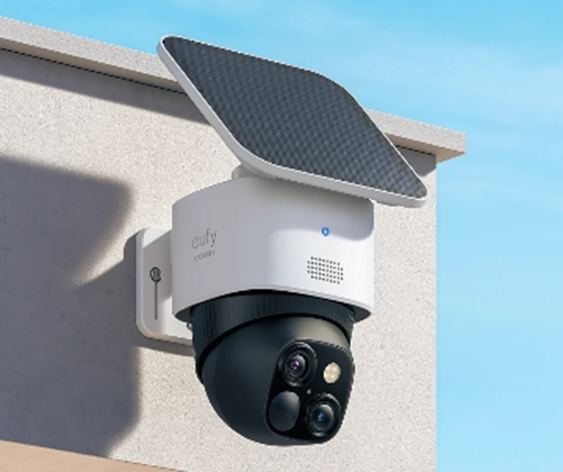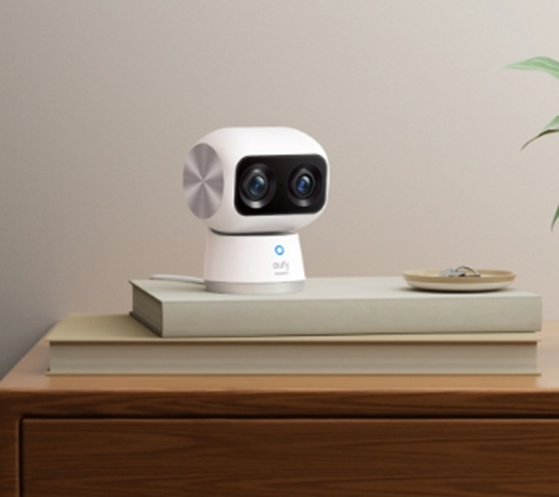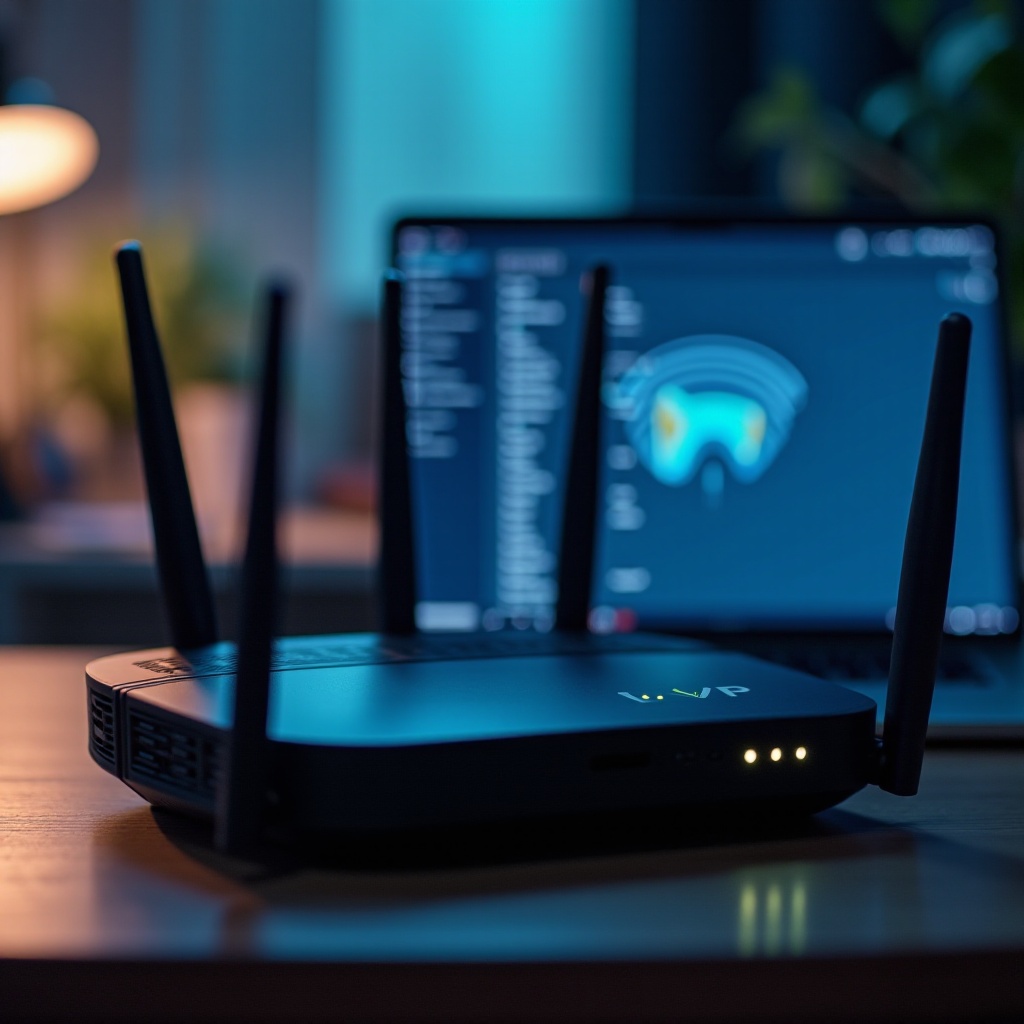Home security cameras should provide protection, but budget models often create more problems than they solve. While the low price tags are tempting, these devices frequently compromise on essential features that keep your home truly secure. In this article, we’ll examine the real dangers of cheap security cameras and how to make smarter purchasing decisions.

1. Security Risks That Defeat the Purpose
Backdoor Access: How Hackers Exploit Weak Firmware
Many inexpensive cameras contain serious vulnerabilities that manufacturers never fix. These security holes allow hackers to access your live feed, with some models even shipping with default passwords that are publicly available online. Once compromised, criminals can not only spy on your home but also use the camera to access other devices on your network. Regular firmware updates are crucial, but budget manufacturers often abandon support shortly after release.
Data Leaks: Unencrypted Footage Sold on Dark Web
Shockingly, many low-cost models transmit footage without proper encryption, making your private recordings easy targets for interception. There have been numerous cases where unsecured camera feeds were accessed by strangers and streamed on public websites. Some manufacturers store user footage on poorly protected cloud servers vulnerable to breaches. Once your private moments are leaked, there’s no way to retrieve them. Proper end-to-end encryption should be non-negotiable, yet many budget options skip this essential feature.
Botnet Enlistment: Your Camera Aiding Cyberattacks
Your security camera could be participating in cybercrimes without your knowledge. Hackers recruit vulnerable devices into botnets used to launch large-scale attacks that can take down websites. Some botnets even use infected cameras to mine cryptocurrency, causing premature hardware failure. Being part of a botnet can also slow down your home network and potentially get your IP address blacklisted.
2. Performance Failures When You Need It Most
Missed Alerts: Motion Detection That Doesn’t Trigger
Nothing defeats a security camera’s purpose faster than failing to record crucial events. Many budget models use outdated motion detection that either misses important activity or triggers constantly from insignificant movements. When you’re relying on alerts to monitor deliveries or potential intruders, inconsistent performance leaves you unaware of important events. The disappointment of discovering your camera missed recording a break-in defeats the entire purpose of having a security system.
Night Blindness: IR Cut Filters That Fail After 3 Months
Night vision is often the first feature to degrade in cheap cameras. Low-quality infrared filters wear out quickly, resulting in progressively worse night performance. Some cameras produce images too dark to be useful, while others get overwhelmed by bright light sources. This creates dangerous gaps in security during the hours when surveillance matters most.
Weatherproof Lies: Plastic Casings That Crack in Winter
Many budget outdoor cameras claim weather resistance but fail in real conditions. Thin plastic casings crack in freezing temperatures or warp in extreme heat. Poorly sealed electronics short-circuit during rainstorms, leaving you unprotected when needed most. A camera that fails during bad weather not only wastes money but leaves your property vulnerable when risks are highest.

3. Privacy Violations You Can’t Control
Budget manufacturers often prioritize profits over user privacy. Some embed data collection software that monitors more than just security footage—tracking your network activity and other devices. Camera apps frequently request unnecessary permissions to access contacts or microphones. Unlike reputable brands that use local processing, budget models often send footage to remote servers, creating multiple copies of private moments in potentially unsecured locations. The lack of physical privacy shutters means no guaranteed way to prevent recording when you want complete privacy.
4. The Hidden Costs of “Cheap”
Mandatory Subscriptions: Locked Features Behind Paywalls
The initial low price often hides mandatory ongoing costs. Essential features like cloud storage or person recognition frequently require monthly subscriptions that quickly surpass the camera’s purchase price. Some manufacturers deliberately degrade free-tier functionality to push paid plans. Always research what’s actually included without subscriptions before purchasing.
Short Lifespan: Components Failing Just After Warranty
Cheap cameras often use inferior components that fail shortly after warranties expire. Capacitors leak, image sensors develop dead pixels, and Wi-Fi modules stop working. What seemed like a great deal becomes a recurring expense as you replace cameras every year or two. Slightly more expensive but better-built cameras typically pay off in long-term reliability.
No Support: Abandoned Apps and Firmware
Budget manufacturers frequently abandon products within a year of release. Apps disappear from stores, making it impossible to set up new devices. Without firmware updates, security vulnerabilities remain unpatched. Research a manufacturer’s support history to avoid these frustrations.
Conclusion
While budget security cameras may seem appealing, their hidden risks often outweigh any cost savings. From serious security flaws to disappointing performance, these devices frequently fail when needed most. The smarter approach is finding mid-range options that balance affordability with essential features like proper encryption and durable construction. For those needing advanced surveillance capabilities, the PTZ camera from reputable brands offer superior flexibility, allowing you to monitor larger areas with precision control. Remember that a security camera is an investment in peace of mind—choosing quality ensures you actually get the protection you’re paying for.


